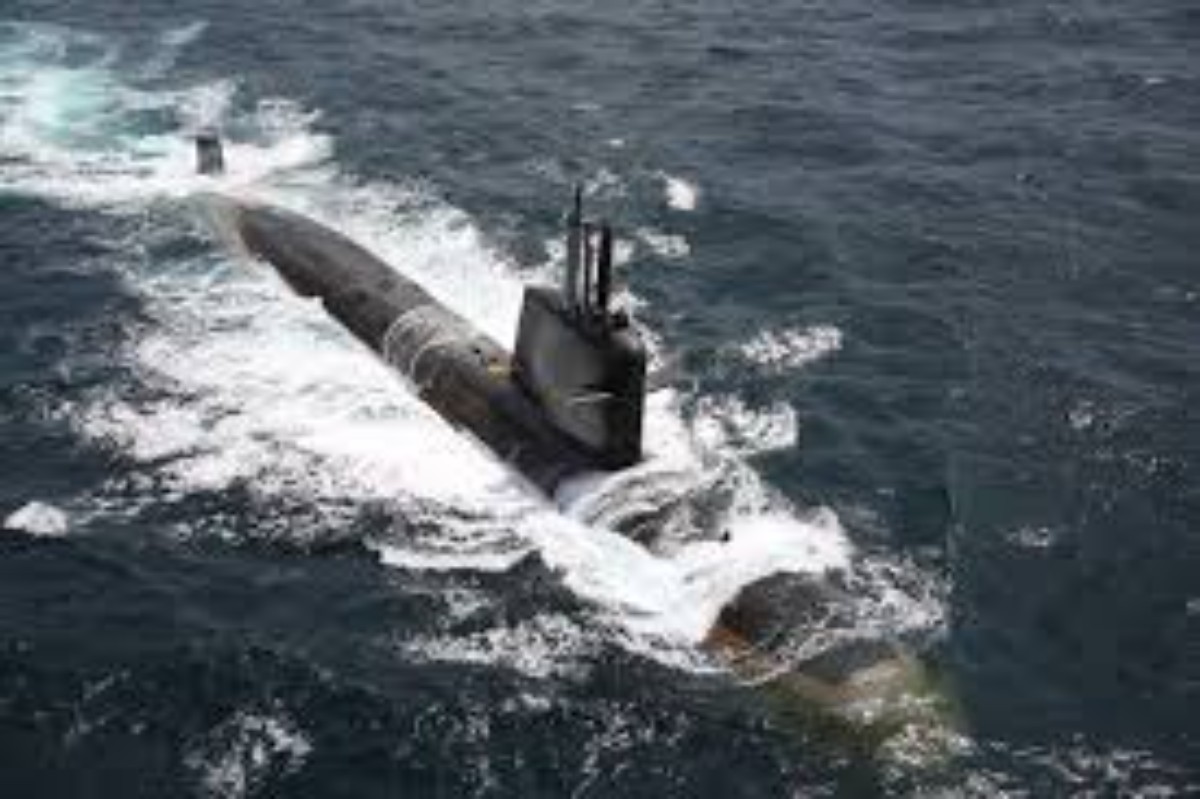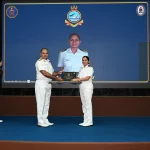In a concerning incident, an Indian Navy Scorpene-class submarine collided with a fishing vessel off the coast of Goa on the evening of November 21. The collision took place around 70 nautical miles northwest of Goa at approximately 9:30 PM while the submarine was traveling between two ports.
At the time of the incident, the fishing boat, named Marthoma, was carrying 13 crew members. Following the collision, the Indian Navy swiftly confirmed the incident and announced that immediate rescue operations were underway. A coordinated search and rescue mission was launched, involving six naval ships along with multiple surveillance aircraft. According to the Navy’s reports, 11 of the 13 crew members were successfully rescued shortly after the incident; however, two individuals remain unaccounted for, and search operations are ongoing. The Maritime Rescue Coordination Centre (MRCC) in Mumbai is overseeing the rescue efforts, and additional resources have been dispatched to assist in the recovery operation.
The submarine implicated in the collision is part of India’s advanced Scorpene-class fleet, which is designed to perform a variety of essential naval capacities, including anti-surface and anti-submarine warfare, intelligence gathering, and mine-laying, among others. Renowned for its stealth capabilities and low noise emissions, the Scorpene-class submarines are pivotal for contemporary naval strategies.
As investigations into the incident continue, the Indian Navy awaits the submarine’s arrival at its designated port to conduct a thorough evaluation of any damage sustained and to analyze the circumstances leading to the collision. This accident marks yet another challenging moment for the Indian Navy, which faced scrutiny earlier in July 2024 when the guided missile frigate INS Brahmaputra was severely damaged in a fire that led to its partial sinking while docked.
Notably, collisions between military vessels and civilian craft have occurred previously. The Indian Navy’s Kilo-class submarine, INS Sindhughosh, was involved in similar incidents in 2015 and 2008, both resulting in minimal damage without any casualties. The broader maritime context reveals that incidents between naval submarines and fishing vessels are not uncommon, as illustrated by various events involving fleets from the U.S., Russia, and other countries.
One notorious example occurred in 2001, when the U.S. Navy’s USS Greeneville collided with the Japanese Ehime Maru training vessel during a demonstration, resulting in the tragic loss of nine lives. This incident raised significant awareness regarding safety protocols within military operations, emphasizing the critical need for adherence to measures that prevent such accidents.
Another historical precedent includes the 1990 sinking of the British trawler Antares, which capsized after entanglement with the Royal Navy’s HMS Trenchant, leading to the loss of four lives. Such incidents have prompted naval authorities worldwide to reassess operational procedures to enhance safety, especially in waters frequented by fishing vessels.
As the Indian Navy navigates this latest collision and its implications, it remains essential to enhance safety protocols and ensure that such incidents are minimized to maintain both naval efficacy and public confidence in maritime operations. The continuing search for the missing crew members from Marthoma underscores the urgent need for immediate attention in rescue and recovery efforts while the military evaluates the circumstances surrounding the collision.













